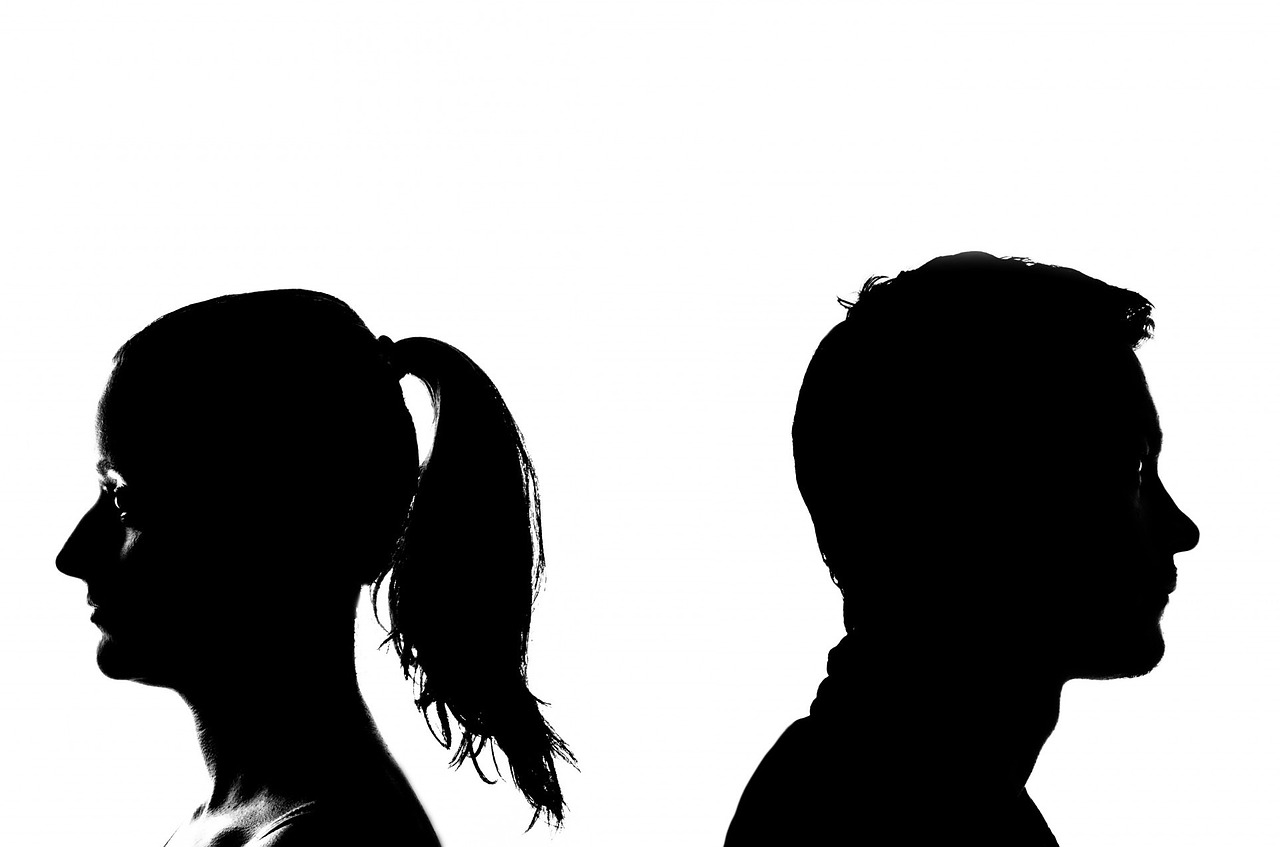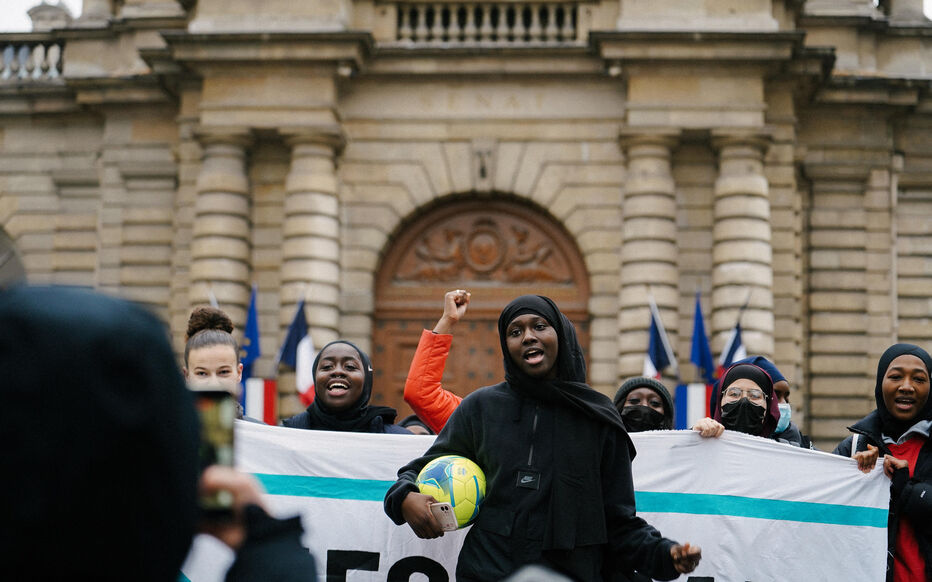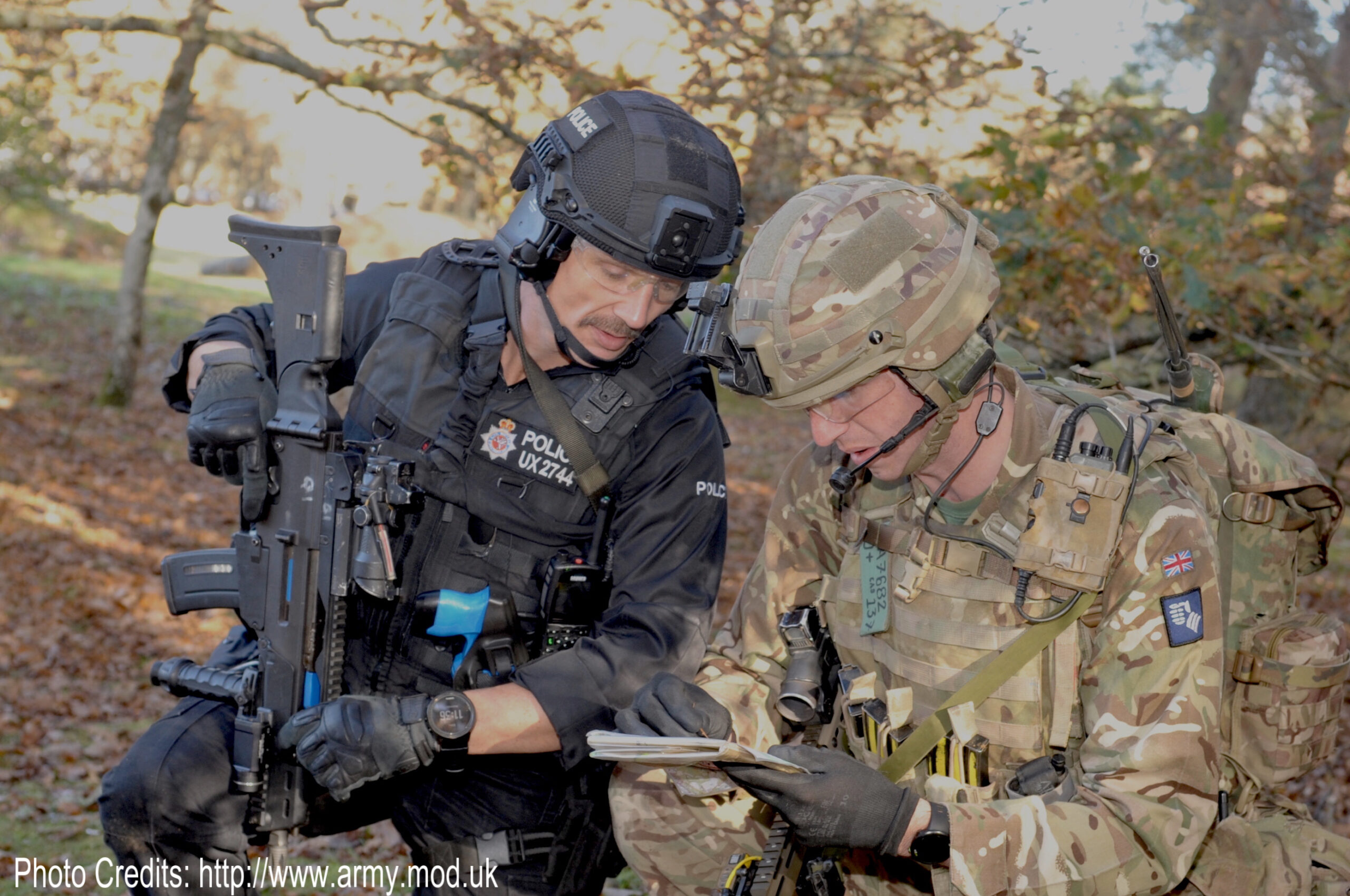June 29, 2014
Its 24 years since Iman retired from modelling, but you’d never know it. She’s a completely unlikely looking 58 and is sitting in front of a stark all-white backdrop simply dressed all in black – black jeans and a black jumper that emphasises her extraordinary swan-like neck – and she is completely focused it’s not an accident that she was the world’s first black supermodel. The first black model to make serious cash, the first to become the face of global cosmetics brand (Revlon). That she seamlessly segued from model to businesswoman when she set up her own highly successful cosmetics brand. Or even, possibly, that she married an international music legend, David Bowie, and became one half of a global super-couple. Iman, you get the feeling, does it Iman’s way. Not least in that she is one of the surnameless, Mohamed Abdulmajid has played no part in Iman the brand.
Every model has a sort of creation myth, the chance encounter that led to global fame. She was walking down a street in Nairobi in 1975 and she was a 20-year-old Somali refugee living and studying in Kenya. The spotter was a man called Peter Beard, a well-connected photographer and Africophile. He asked to photograph her, and when she hesitated he offered to pay her. “How much?” she asked. “How much do you want?” he said. “$8,000,” she replied, the total amount of her university fees. It’s a fair amount of money even today. Back then it must have been an extraordinary sum. “Well, what could have happened?” she says. “He could have said no.” She shrugs. “I mean, what’s going to happen if you don’t ask? My mother taught me this. She said: ‘If God says to you: “I will grant you any wish you want – what would you ask for?” And I went: ‘Er…’ And she said: ‘If you have to think about it, you’re not worth it!’ And I said: ‘Why?’ and she said: ‘Look. Ask for everything! Ask for everything!'”
In 1975 an editor said she was like a white woman ‘dipped in chocolate’. And she didn’t even realise it was insulting: Iman continues, “I didn’t even understand it. People called me ‘Iman the black model’. In my country we’re all black so nobody called somebody else black. It was foreign to my ears. I was doing the same job as them. Why would I get less money? It didn’t even occur to me that it had anything to do with racism. I learned that quite fast. I wasn’t a major in political science for nothing, so I understood the politics of beauty and the politics of race when it comes to the fashion industry.”
Nearly 40 years on, not all that much has changed, it seems. Last year she launched a campaign with Bethann Hardison and Naomi Campbell to urge brands to use black models. They commissioned original research and discovered that some brands, like Chloé, had never used a non-white model and others like YSL, Versace, Gucci, Donna Karan and Calvin Klein hadn’t for years. “It sends a message that our girls are not beautiful enough,” she says. She had no issue with pointing the finger and calling them racist and urging a boycott until they changed their ways. But then she remembers the magazine editor who exclaimed at her beauty and said she was like a white woman “dipped in chocolate”.
“And she didn’t even realise it was insulting! I said: ‘Don’t take credit for it. I don’t have a white drop in me.'”
Iman supports, the Hawa Abdi Foundation, a Somalia-based organisation, run by three Somali women focused on bringing basic human rights – healthcare, education, agriculture – to vast swathes of the Somali population who currently have none. The foundation focuses its efforts on women and children.
“What has happened to women in Somalia? When I was growing up women wore traditional clothes or regular western clothes. We went to school. But the schools don’t exist anymore. And women are not even allowed to drive any more. It’s run by extremists. Somalia was 100% a Muslim country, but it had its own culture before it adopted Islam. So you were a Muslim, but you were a Somali first.”
Set up by Dr Hawa Abdi, Somalia’s first female gynaecologist and a nominee for the Nobel Prize, the foundation has fearlessly defended the rights of ordinary Somalis, caring for up to 90,000 people at a time despite attacks on both the compound and the foundation’s hospital by Somali forces. Dr Hawa wrote in her book that it was only when she lost her first baby that she realised she had undergone female genital mutilation, girls cannot go to school and the country has not had any schools open since 1990. Dr Hawa has built up the first school in the south of Somalia. Last year a documentary was made of its work, Through the Fire. Afterwards she stated that she didn’t know if anyone can fathom it but the Somalia she grew up in doesn’t exist anymore.
Do you think about if you’d taken a different street on a different day, I ask, and never met Peter Beard? “Absolutely.” You think it could have been another street, another girl? “I absolutely believe that. It was just my luck. I could be in a refugee camp now. There are people who have been in refugee camps for 20 years, and I could be one of them. That’s one of the reasons I’m compelled to help. First because overnight my life changed from a diplomatic daughter to a refugee and my father could not fend for us. The only time I’ve ever seen my father cry is when he couldn’t pay for us to finish our education. And the NGOs looked after us. They found me a hostel, a job, a university.”
There’s a genuine humility to the way she views her success. “I am the face of a refugee. I was once a refugee. I was with my family in exile. “






